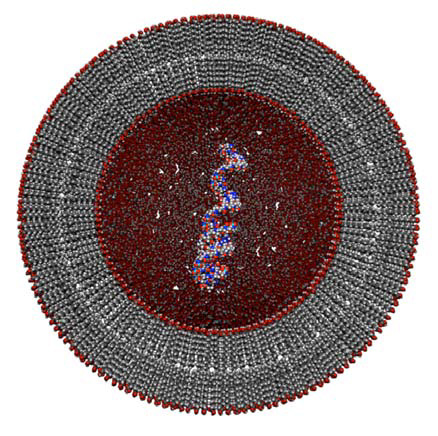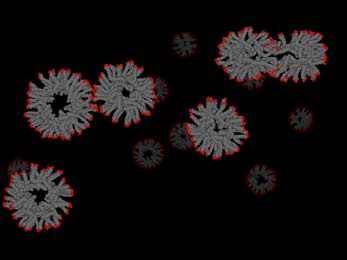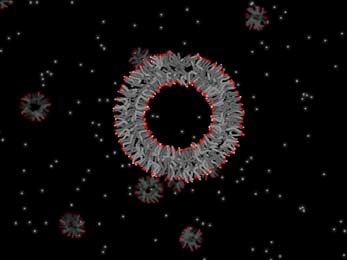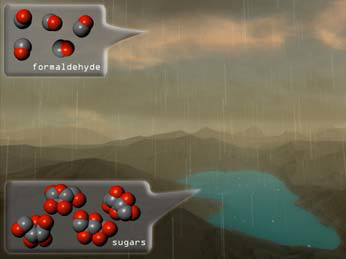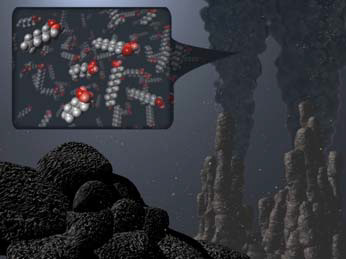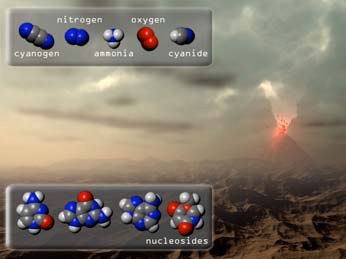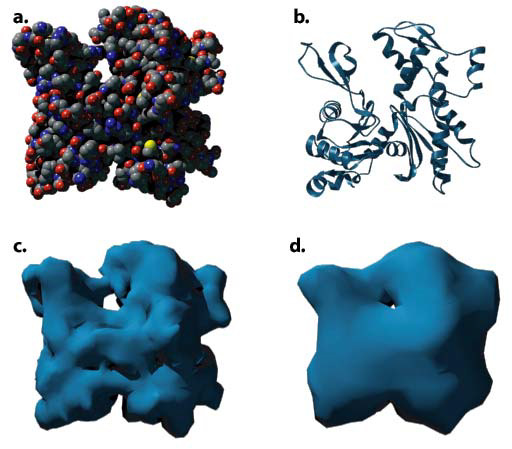“Visualizing the Origins of Life: Molecular Animation for Scientific Research and Education” by Iwasa
Conference:
Type(s):
Title:
- Visualizing the Origins of Life: Molecular Animation for Scientific Research and Education
Presenter(s)/Author(s):
Abstract:
How did life evolve on Earth, and what form did it take? Biochemists are attempting to address these questions using molecular clues found in our own cells. All life on the planet, from bacteria to humans, share a system of storing genetic information in the form of DNA and/or RNA molecules. Very early in Earth’s history, the first living cell is likely to have evolved this system from simple chemical compounds found in the early terrestrial environment. This project seeks to use scientifically accurate molecular animations to illustrate the leading theories on how cellular life arose on the early Earth, and the experiments that are currently being done in biochemistry laboratories to test these theories. Molecular visualizations of the origins of life, created in close collaboration with researchers and science educators, will be used to communicate cutting-edge science research to the public and will also be used for presentations within the scientific community.
Acknowledgements:
This project is supported by NSF grant no. 0610117 (Discovery Corps Fellowship). I thank Jack W. Szostak (MGH/Harvard University), Szostak laboratory members, and M.J. Morse (Museum of Science, Boston) for their collaboration, support, and guidance.

